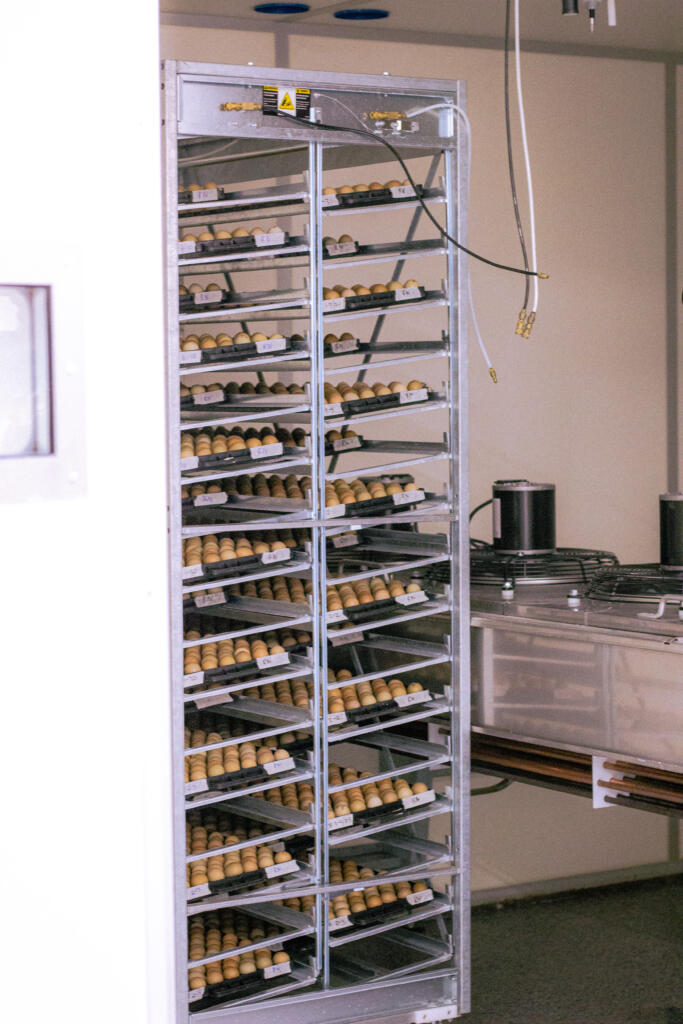How Do You Calibrate Egg Incubators and Keep Eggs at the Proper Temperature?
MacFarlane Pheasants, Inc. hatches over two million birds each year in our hatchery. That means we collect over three million eggs in order to get that many hatches! Obviously, we have our system down to a science. We use the Natureform I-14 machines to incubate our eggs. These machines must be calibrated to 99 degrees. In order to calibrate the machines to the required 99 degrees we use a mercury thermometer.
Calibrating for Temperature
The digital sensor on the machine must be at the same height as the mercury thermometer and when this is done, it ensures that the temperature reading is accurate every time. Calibrating is done while the machine is empty. Once we have the machines calibrated and set for the proper humidity, we put the eggs in place and keep an eye on the egg temperatures.
Calibrating for Humidity
To calibrate 51% relative humidity that is just right for incubating chicks, we use a hygrometer. The use of the hygrometer is not complicated. It is similar to measuring temperature. We use a wet bulb hygrometer, which has a mercury thermometer and a wick with a water tank attached to it. We wait for the machine to get up to temperature and then calibrate the digital machine based on the mercury thermometer.
Checking Egg Temperature
The temperature of the embryo inside the egg is critical for hatching high quality chicks. You can use an infrared ear thermometer or a baby forehead thermometer to gauge the egg shell temperature. The measurement is taken right at the equator of the egg. The optimum temperature for the embryo is 100-101 degrees. This checking process requires both speed and accuracy so that the door to the setter is not opened long enough to cool down.
- Check eggs on the left and right, from, and back, and top, middle, and bottom of the setter.
- Choose eggs in the middle of the tray to monitor, as eggs on the edges will be cooler.
- Sample three eggs from the center of each tray.
- During the second half of incubation, reject any significantly cooler measurements, because it is a sign that the egg does not have an embryo.
- Monitor at each stage in the incubation period.
- Plan where you are going to monitor, so that once you open the door you can work quickly. Some setters may have to be turned off in order to work safely. If this is the case, and you cannot finish the job in 10 minutes you may have to turn the machine on and wait 30 minutes before finishing the job.
- Record your results.
Calibrating the egg incubators and checking to make sure the embryos are the right temperature is an important part of hatching chicks.


Related Posts
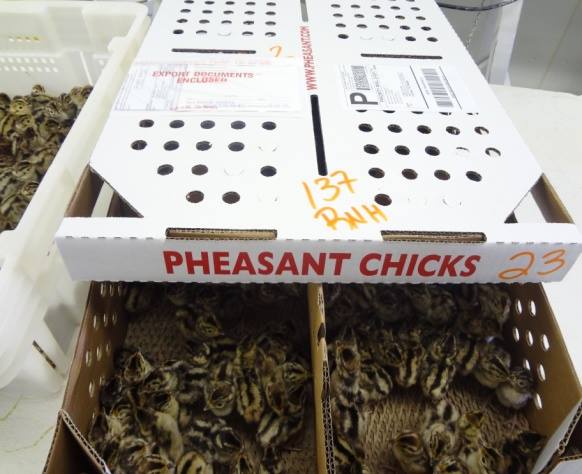
Shipping Chicks Safely During Cold Weather Months
Read Post

Preparing Our Barns & Pens Each Spring
Read Post
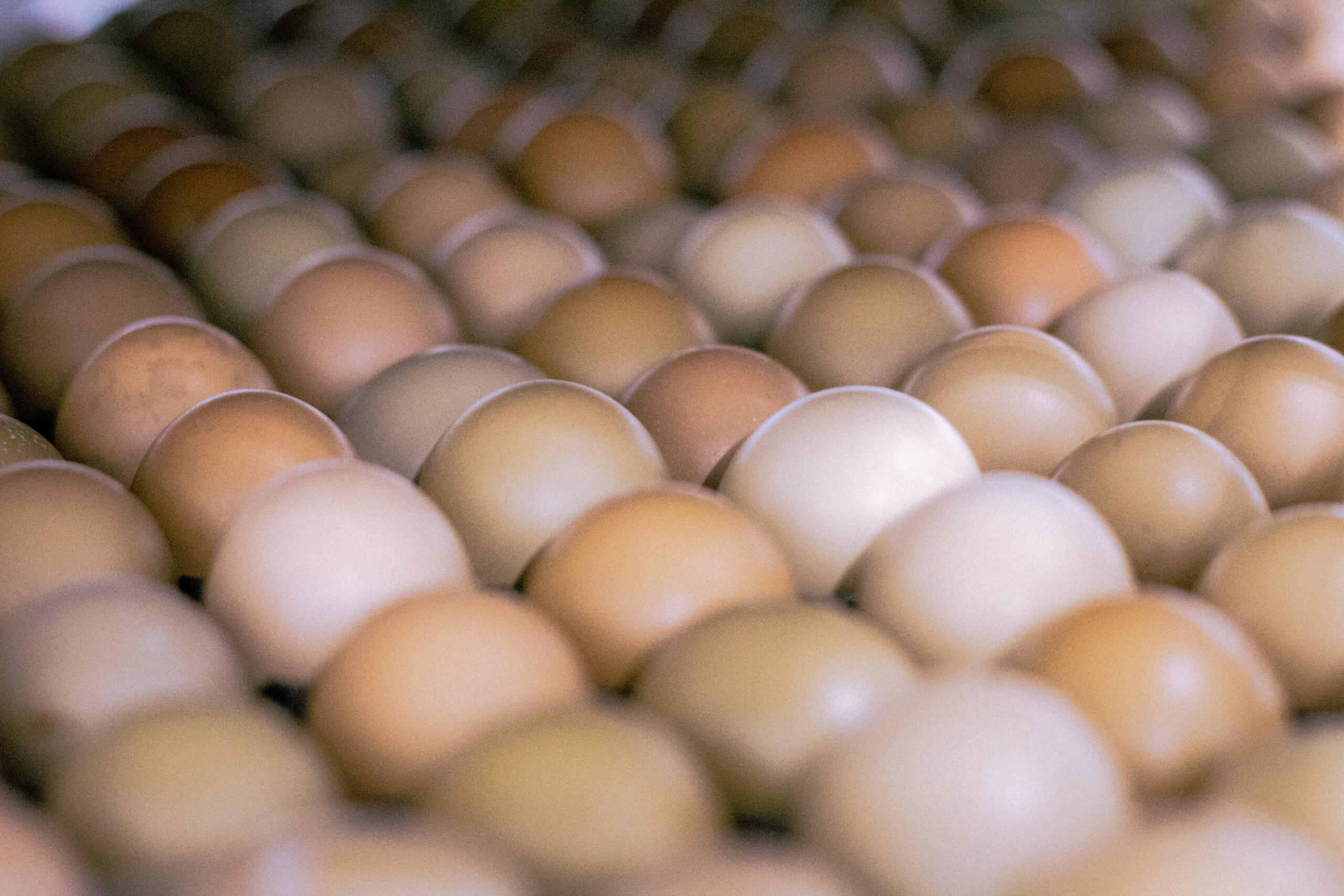
Incubation of Pheasant Eggs
Read Post
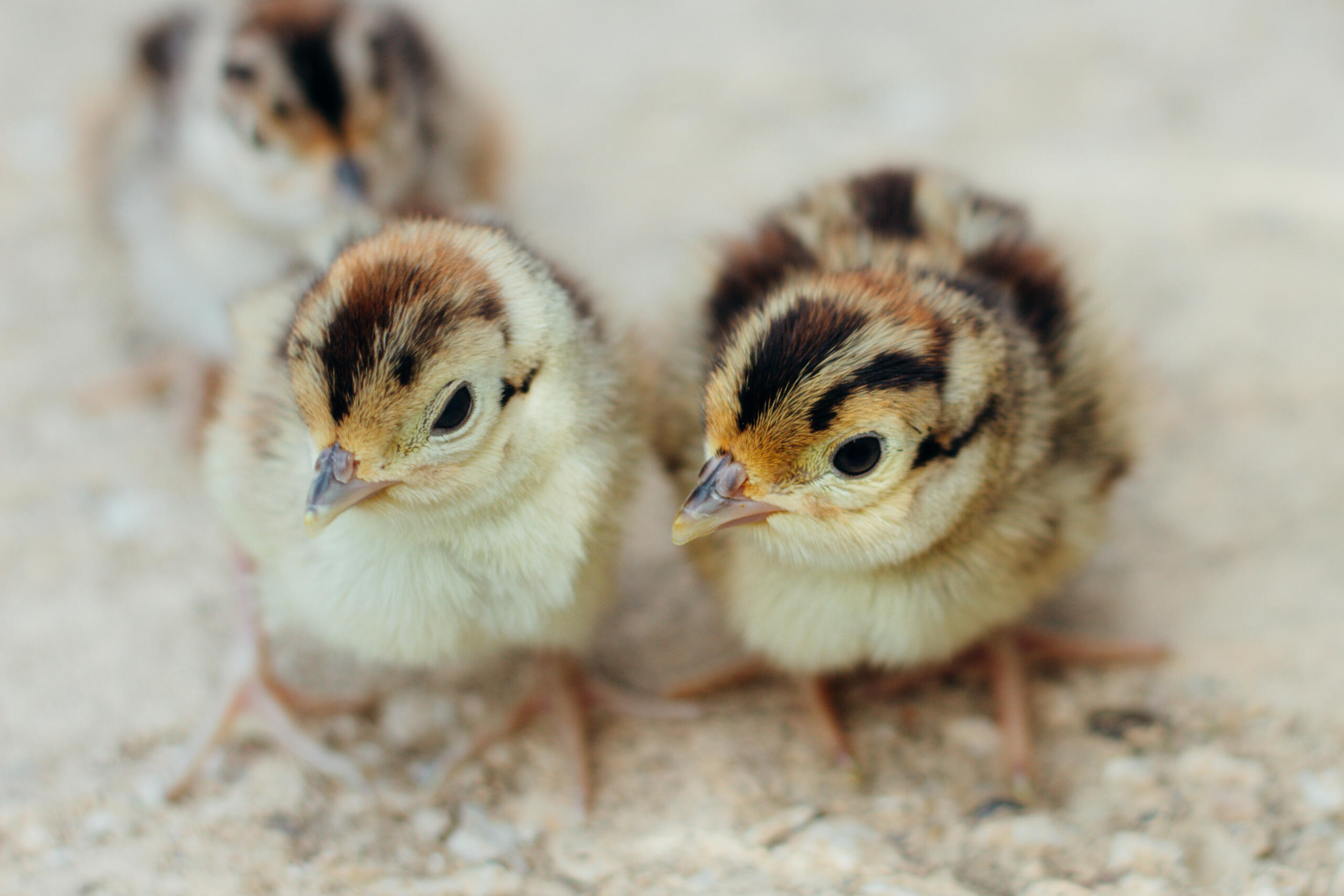
A Comparison of Hatch Data Between Two Different Genetic Types of Pheasants
Read Post
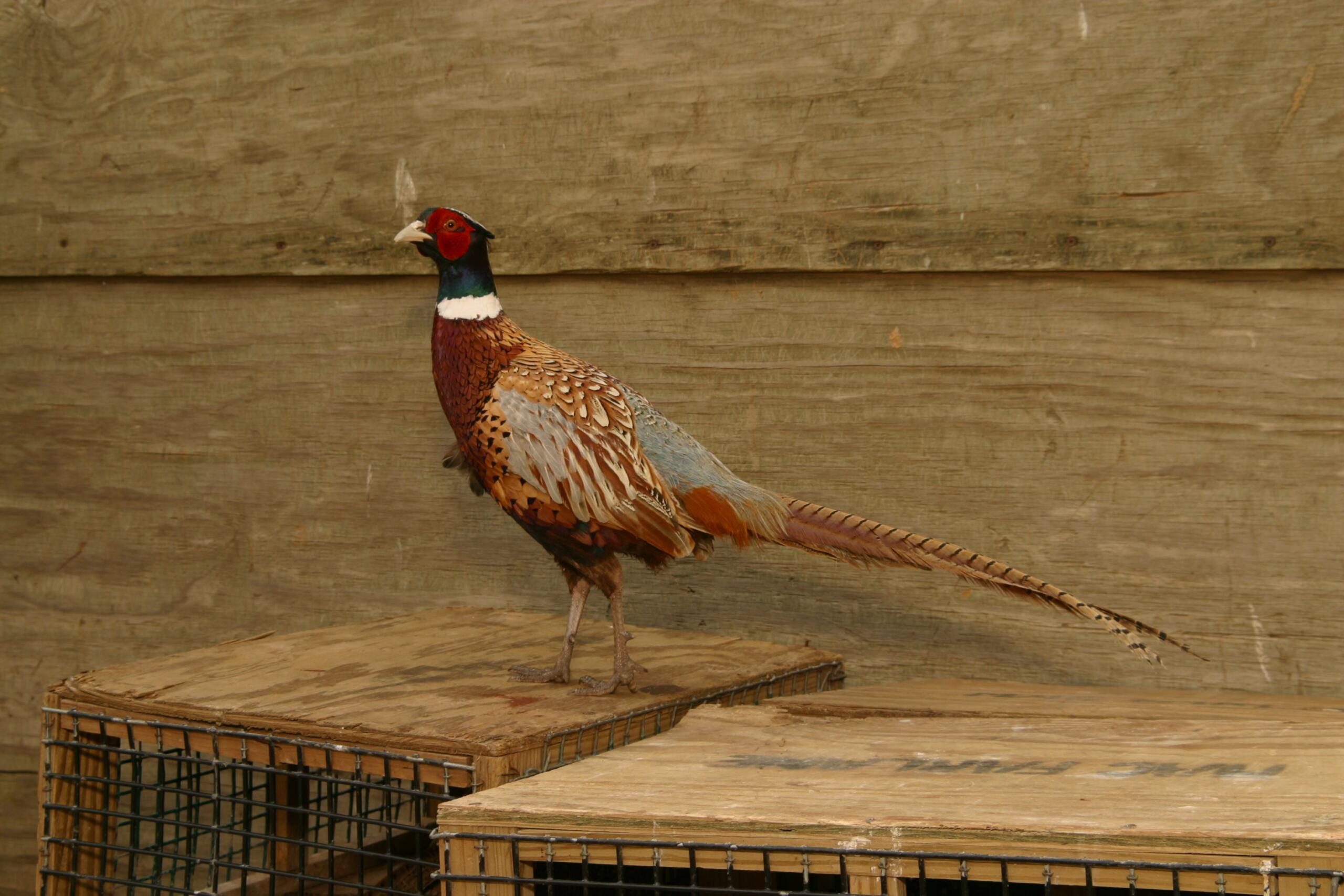
DuPont Financial Analysis Model
Read Post
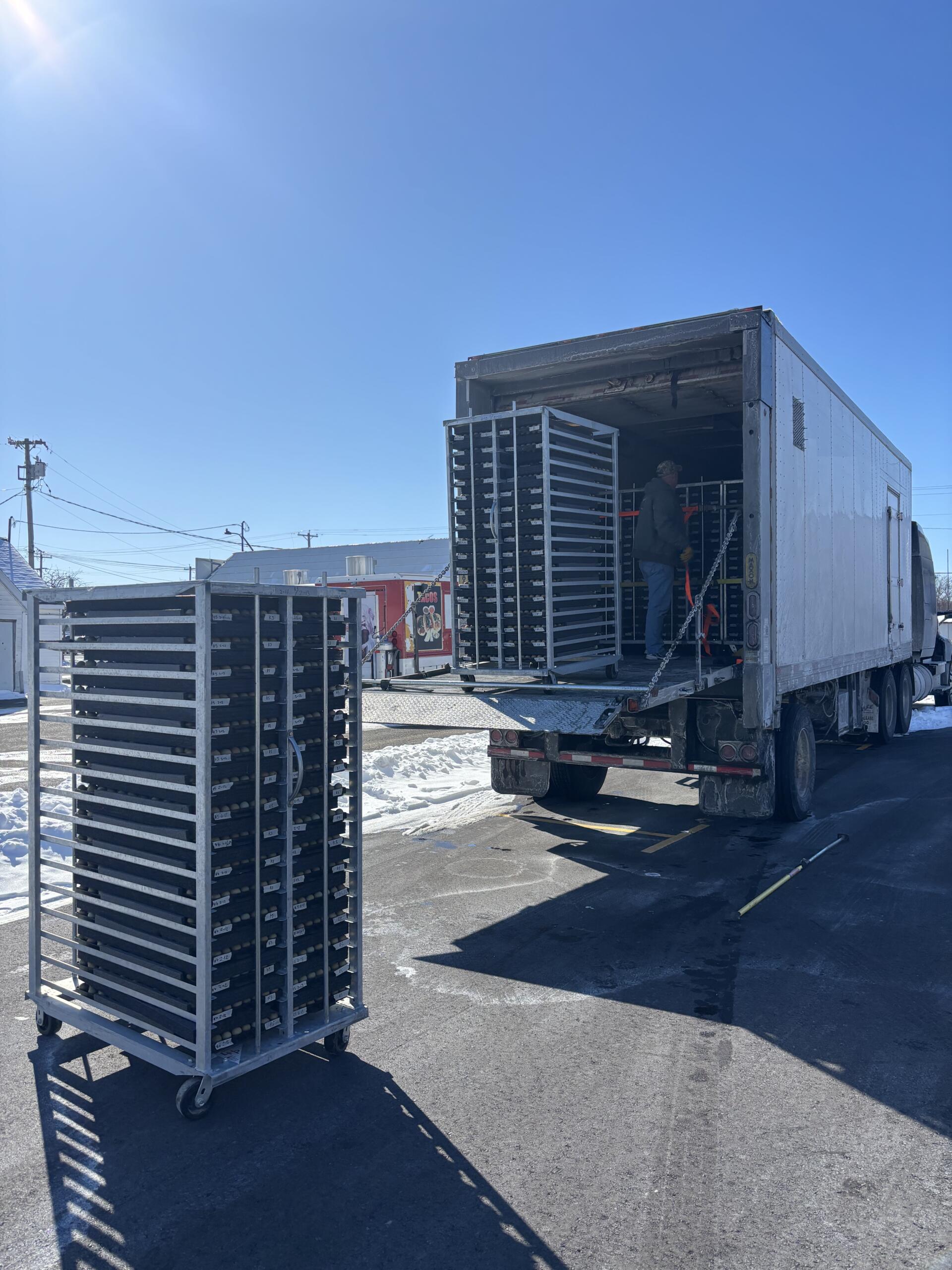
Busy Times at MacFarlane Pheasants’ Missouri Breeder Farms 2024!
Read Post

Hatchery News at MacFarlane Pheasants
Read Post
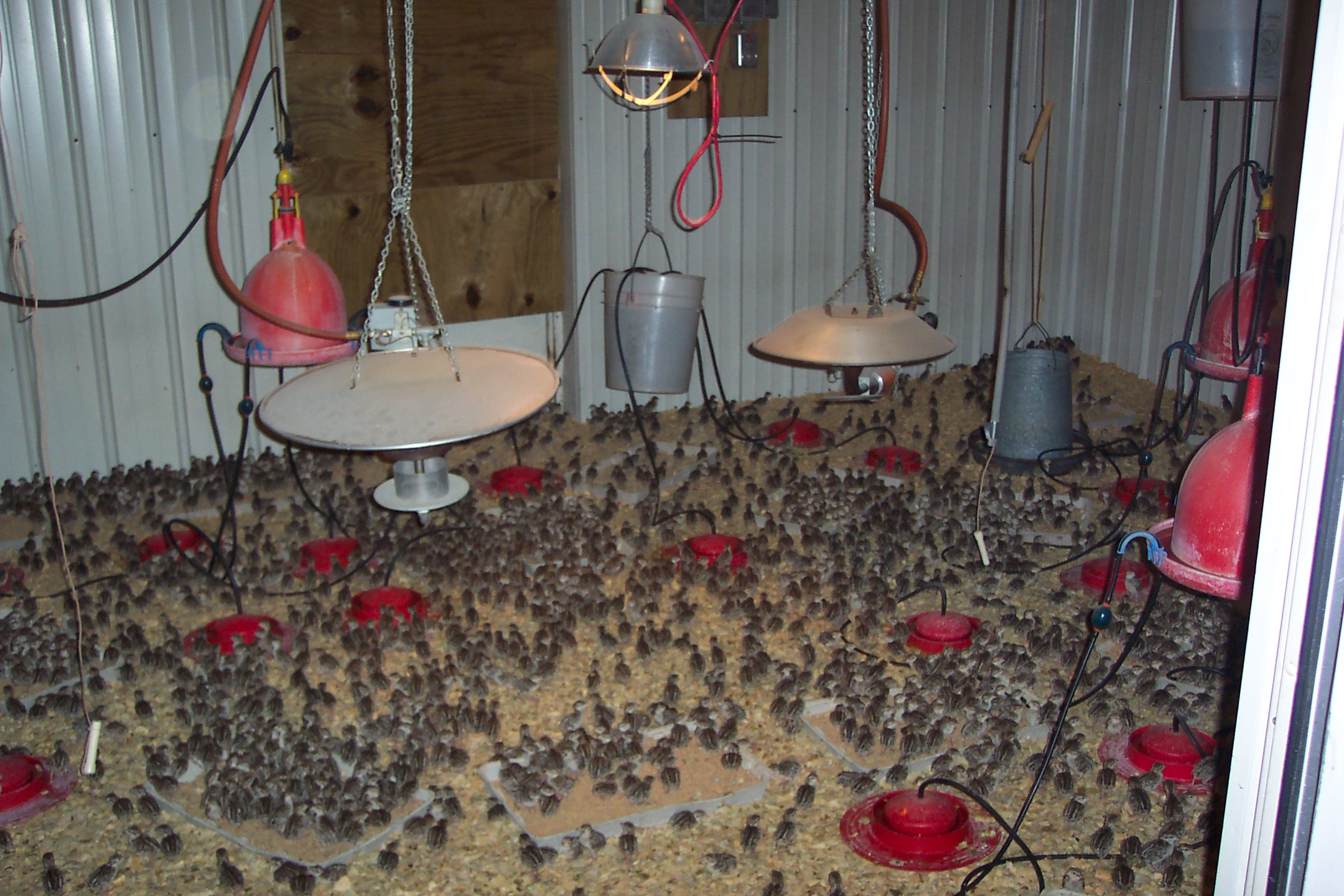
How We Prepare For Brooding Our Chicks
Read Post
Take Advantage of These Free Resources
As the biggest game bird farm in the United States, we want to share our experience with you. Download our free resources below and get started.


